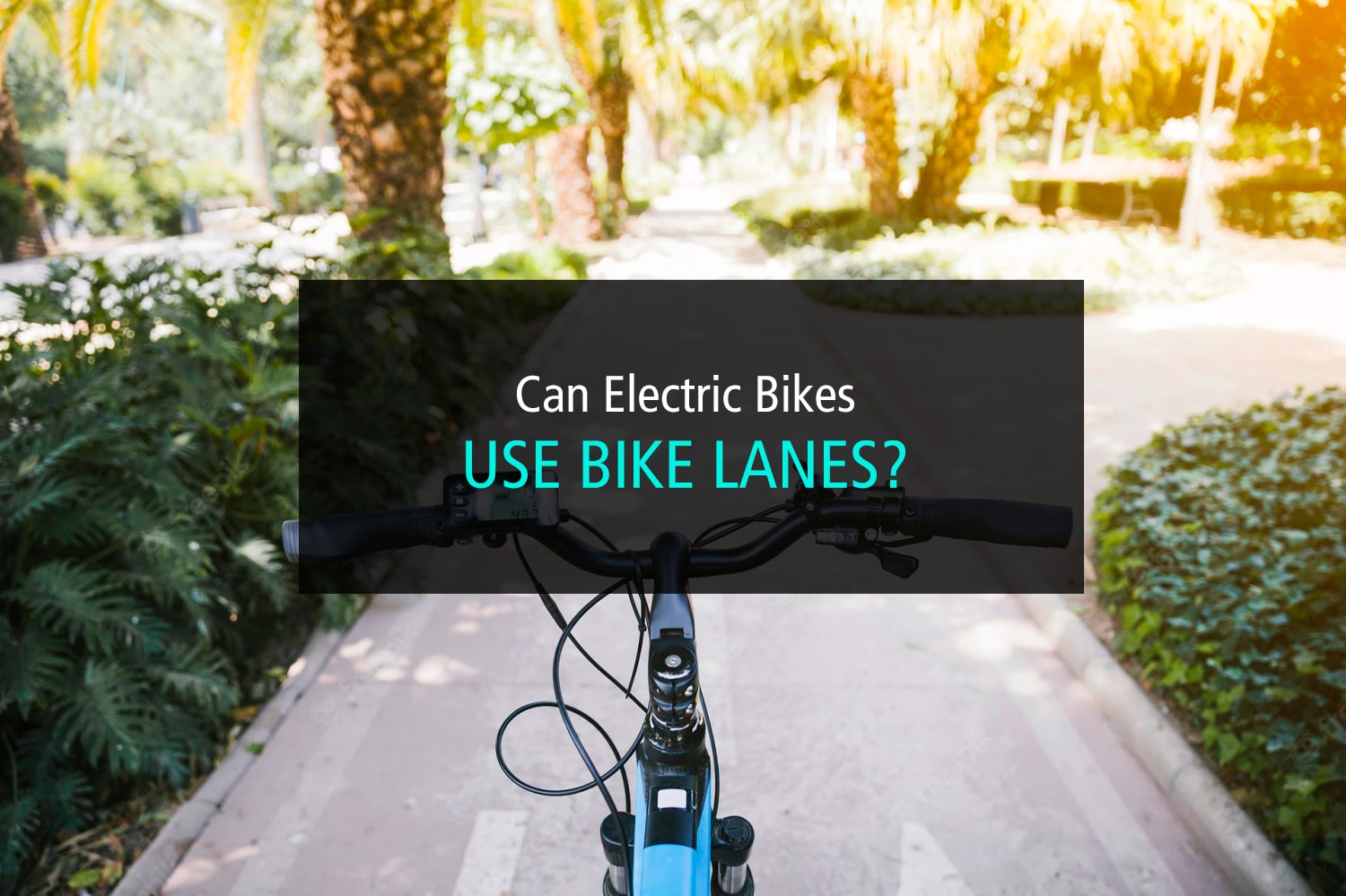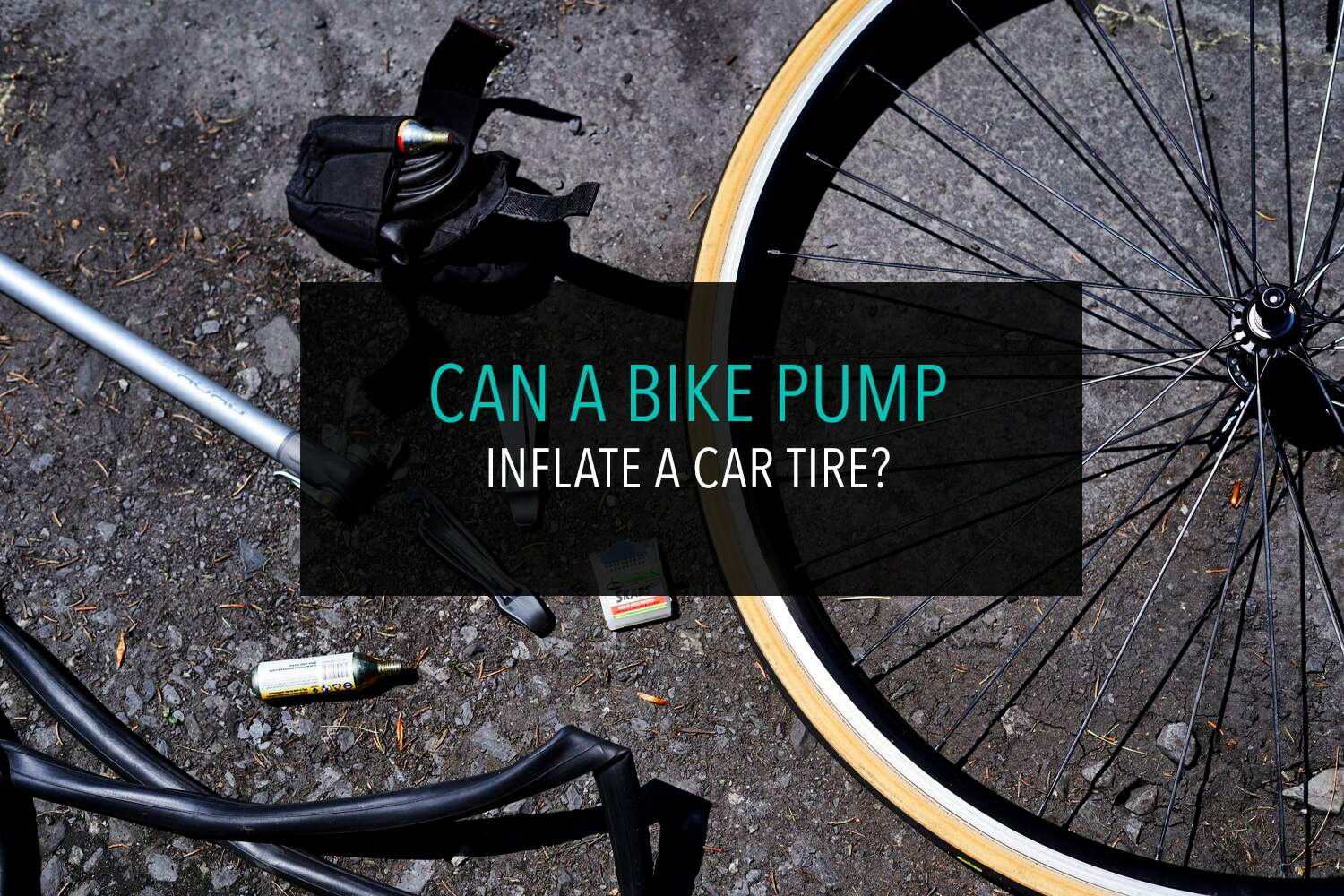Because of the surge in popularity of electric bicycles, it’s vital that riders, regardless of whether they are seasoned e-bikers, newbies, or habitual e-bikers, be aware of the local e-bike regulations that are in effect in their state or locality. But because the rise in popularity of e-bikes across the country and even around the world came as a surprise, U.S. electric bike regulations have been left behind, leaving several states unable to catch up. Most states in the US are still in the process of adjusting to the rapid popularization of e-bikes and are undergoing the process of implementing laws and classifications. In certain places, electric bicycles are governed by restrictive laws, while in others, they do not fall under any specific category of motor vehicles, and it’s questionable how they are regulated. Bearing this in mind, it can be confusing for a rider what rules and regulations must be followed. Where can you ride an e-bike? Is it possible to go from one state to another? Can electric bikes use bike lanes?
The simple answer is YES! E-bikes can be used in bike lanes. However, there are different considerations that need to be taken into account before trying to use your e-bike on bike lanes. These factors include your current state of residence, the classification of your e-bike, your age, license and registration, and so on.
So, while it’s mostly allowed for e-bikes to use bike lanes, it can be confusing, especially with the factors mentioned above. Continue reading to learn more about bike lanes being used by e-bikes.
Different Classifications of E-bike
The primary focus of state law is typically on determining whether electric bicycles should be categorized as scooters, mopeds, or ordinary bicycles. However, classifications can differ from state to state. 36 states in the US have a uniform standard classification for e-bikes and are divided into 3 categories: Class 1, 2, and 3. This was done to reduce uncertainty and to help establish the utilization of e-bikes.
The tiered system of e-bike regulations emphasizes that e-bikes are not the same with regular analog bikes or dirt bikes. They are classified based on the model’s features, power, and speed capabilities. States that adopt the three-tiered e-bike classification system have almost identical regulations and safety requirements.
Here are the 36 states that are currently using a uniform classification system:
- Alabama
- Arizona
- Arkansas
- California
- Colorado
- Connecticut
- Florida
- Georgia
- Idaho
- Illinois
- Indiana
- Iowa
- Louisiana
- Maine
- Maryland
- Michigan
- Minnesota
- Mississippi
- Missouri
- Nevada
- New Hampshire
- New Jersey
- New York
- North Dakota
- Ohio
- Oklahoma
- South Dakota
- Tennessee
- Texas
- Utah
- Vermont
- Virginia
- Washington
- West Virginia
- Wisconsin
- Wyoming
- Class 1
Class 1 e-bikes are restricted to a maximum speed of 20 miles per hour, and pedaling is required in order for the electric motor or the throttle to be activated. They are often permitted on bike paths and lanes that are commonly used by non-assisted or analog bikes.
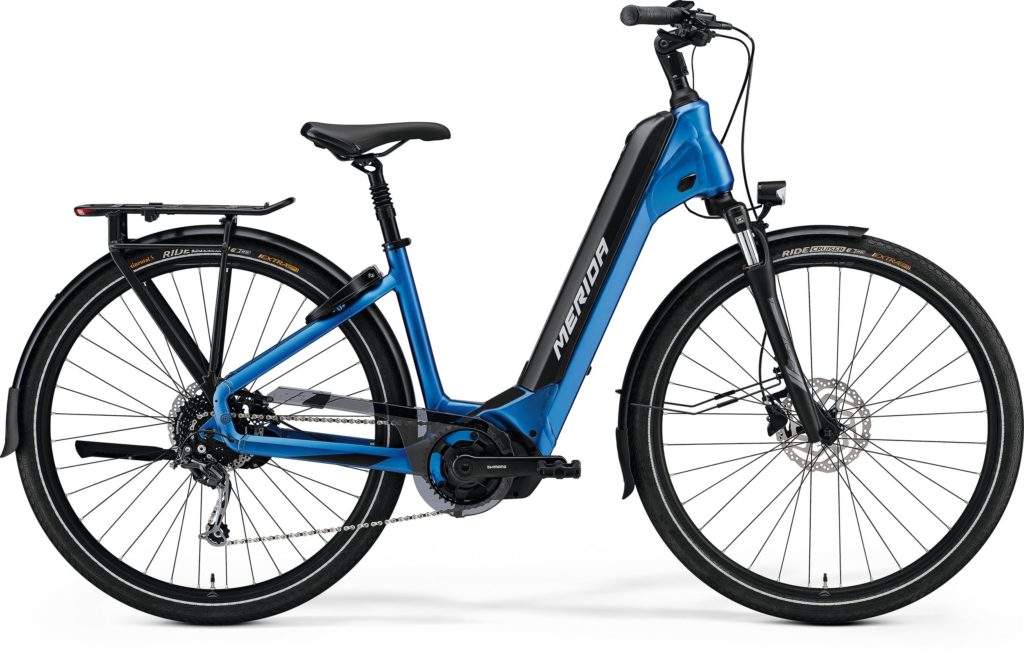
- Class 2
Class 2 e-bikes have a maximum speed of 20 miles per hour and are also equipped with throttles. The majority of Class 2 e-bikes have throttles, in addition to electrically assisted pedaling. They are normally permitted in bike lanes that permit analog bikes.
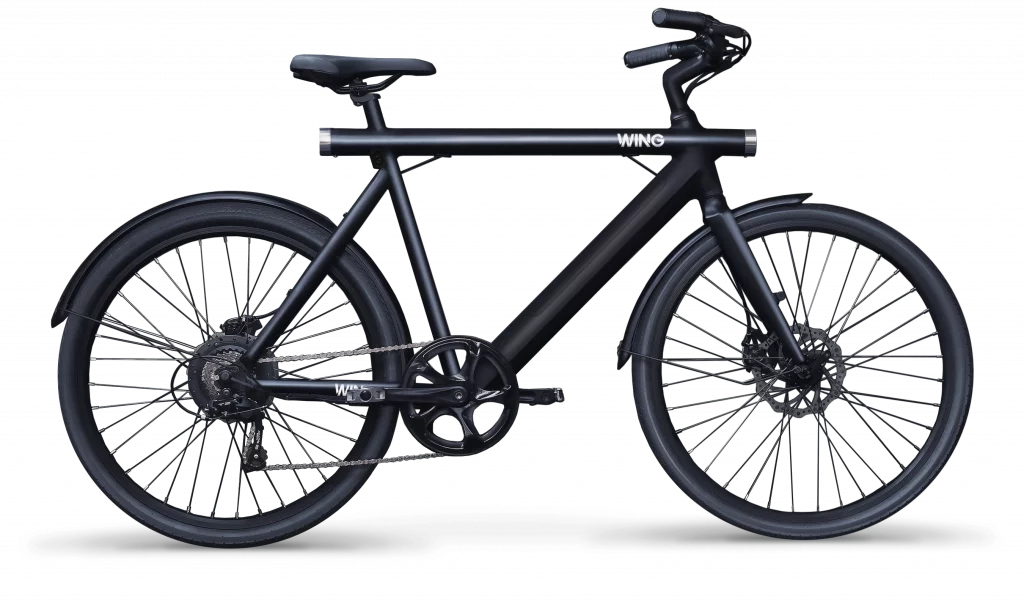
- Class 3
Class 3 e-bikes are allowed to go up to 28 miles per hour and must have a speedometer. However, they may or may not have a throttle. Class 3 e-bikes are intended to replace mopeds and motorbikes and are designed to function best on congested streets.
Class 3 is the most restrictive category. You can ride an electric bicycle classified as a Class 3 on roadway lanes or in a bike-only lane in majority of states. You cannot, however, ride them on multi-use paths that are shared with walkers, such as in parks or on bike routes that exist outside of the highways.
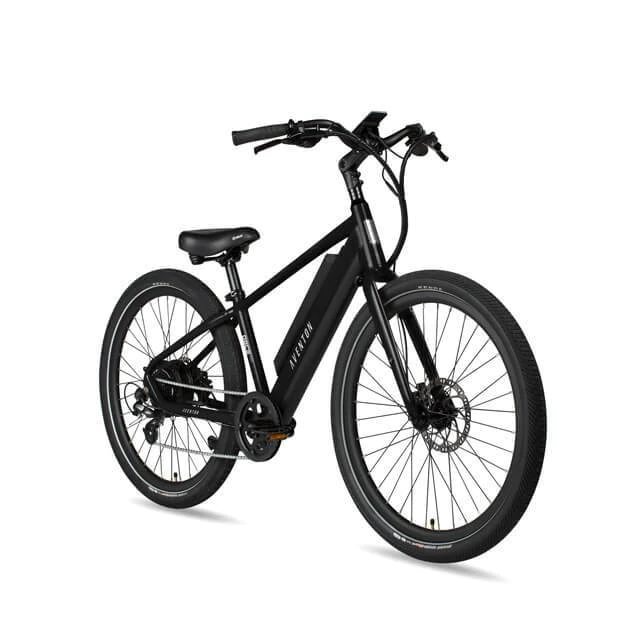
How Do I Know What Type of Electric Bicycle I Have?
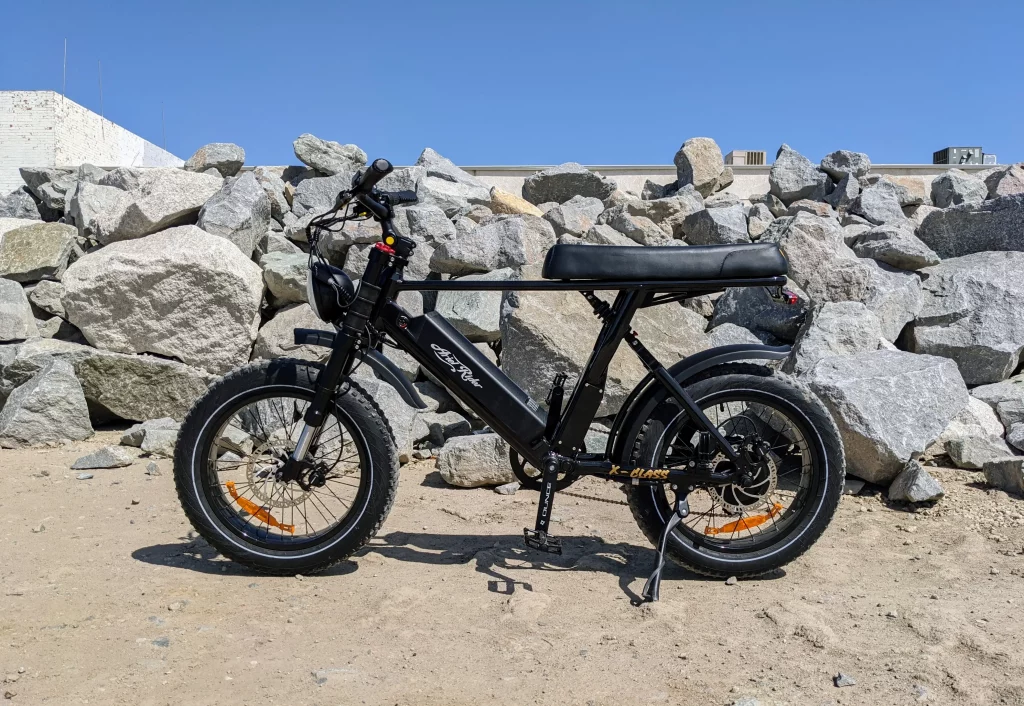
E-bike manufacturers are now required to have a label on each bike with information about the type, top assisted speed, and motor wattage of an e-bike. However, if you do not have this information, you can contact your e-bike manufacturer directly or your retail store to get this information.
Are E-Bikes Subject to a Speed Limit?
Yes. According to federal law, class 1 and 2 e-bikes must travel at a maximum speed of 20 miles per hour, while class 3 e-bikes must travel at a maximum speed of 28 miles per hour. However, federal legislation acknowledges and authorizes the capability of e-bikes to go at a quicker speed when the user employs a mix of human pedal force and motor power.
How Old Do You Have to be to Ride an Electric Bike?
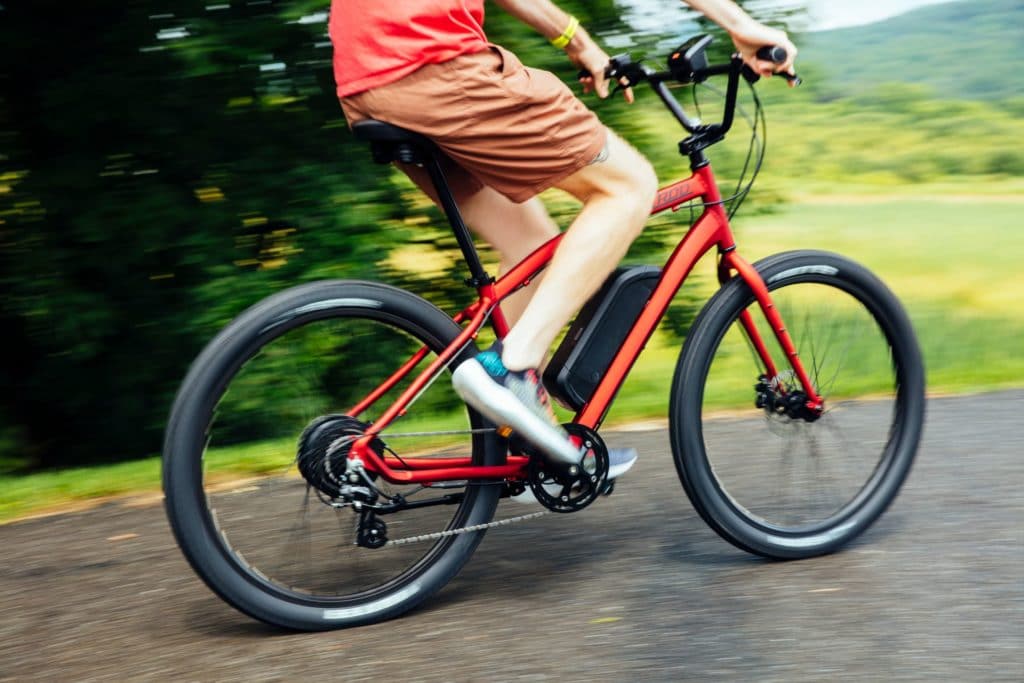
The minimum age requirement is different in each state. However, the majority of states that comply with the tiered categorization of e-bikes often allow riders younger than 16 or 18 as long as they are accompanied by an adult at all times and wear helmets.
Non-Tiered E-Bike Categorization
In the US, there are 14 states that do not utilize the three-class system but instead use their own distinct categories. New Mexico, for example, considers analog bikes and e-bikes in the same classification. Massachusetts, on the other hand, does not classify e-bikes but has a uniform regulation on e-bike riding for all e-bike models.
Below is brief information on how e-bikes are classified and how they are regulated in those 14 states.
- Alaska
Although no registration or insurance is necessary, Alaska considers e-bikes to be “motor-driven cycles” and requires riders to have a license. Riders must be at least 14 years old and need to comply with helmet regulations.
The use of electric bicycles is prohibited on sidewalks and bike paths.
- Delaware
Delaware recognized both analog and e-bikes the same. You are allowed to ride your electric bike on bike lanes, sidewalks, and even in state parks as long as it has pedals that operate, can go no faster than 20 miles per hour, and has a motor that is no more powerful than 750 watts.
You do not need a license, registration, or insurance of any kind to ride an electric bicycle. E-bikes are suitable for riders of any age. However, local regulation mandates that riders under the age of 16 must wear helmets.
- Hawaii
E-bikes are allowed everywhere a bike is allowed, including bike paths.
However, E-bike owners are required to be registered and pay a fee of $30 at any city hall satellite location.
A rider must be 18 years old and above to be able to register. Persons below 15 years and older may ride an e-bike provided that it’s registered to a household member. Helmets are required for anyone under the age of 16.
- Kansas
E-bikes are regarded in the same manner as traditional bicycles, provided that the motor of the e-bike has a power output of less than 1,000 watts, the e-bike can travel at a top speed of 20 miles per hour, and it has an operational pedal. E-bikes are prohibited on interstates and county highways but are permitted on city streets and bike paths.
There is no need to get a license, as well as registration or insurance. Helmets are not required as well, and there is no age restriction for using e-bikes.
- Kentucky + Nebraska
E-bikes are considered conventional bikes as long as they have a functional pedal. It’s legal to ride an e-bike on the sidewalks and bike lanes.
There is no registration, licensing, or insurance needed. E-bikes do not require helmets, and there is no minimum age requirement.
- Massachusetts
E-bikes are classified as “motorized bicycles” if their top speed is less than 25 mph. E-bike users are required to have a valid driver’s license and also have registration for their bikes, but the state does not mandate that they carry insurance. Wearing a helmet is mandatory, and the minimum age to operate an electric bicycle is 16.
Additionally, riding an e-bike on public sidewalks or bike routes is prohibited.
- Montana
E-bikes are regarded in the same manner as traditional bicycles, provided that the e-bike can travel at a top speed of 20 miles per hour, and the rider does not weigh more than 170 pounds. E-bikes are allowed on sidewalks and bike paths.
There is no registration, licensing, or insurance needed. E-bikes do not require helmets, and there is no minimum age requirement.
- New Mexico
E-bikes are categorized as mopeds and have very different regulations compared to traditional bikes. Like mopeds, e-bikes are subject to licensing and insurance requirements that apply to motor vehicles. A rider must be 15 years old and above.
E-bikes are not allowed on sidewalks, but the use of bike paths is subject to local e-bike regulation.
- North Carolina
As long as your e-bike has pedals that operate, can go no faster than 20 miles per hour, and has a motor that is no more powerful than 750 watts, your e-bike is considered an electric-assisted bicycle and will be subject to the same regulations as a regular bike.
E-bikes are allowed on sidewalks. However, the use of bike paths is subject to your local e-bike regulations. No registration, licensing, or insurance is needed. Helmets are also not required, although the age minimum requirement is 16 years.
- Oregon
E-bikes are regarded in the same manner as traditional bicycles, provided that the motor of the e-bike has a power output of less than 1,000 watts, the e-bike can travel at a top speed of 20 miles per hour, and it has an operational pedal. E-bikes are allowed on bike paths but are not allowed on sidewalks.
E-bikes are not subject to the same registration, licensing, or insurance requirements as mopeds. The age restriction must be 16 years old or older, and a helmet is required.
- Pennsylvania
E-bike operation on public roads in Pennsylvania is allowed under the following conditions:
- The rider is at least 16 years of age.
- The e-bike includes operable pedals.
- The e-bike weighs no more than 100 pounds.
- The e-bike has no more than three wheels.
- The e-bike has a motor rated at no more than 750 watts.
- The rider reaches speeds of no more than 20mph under power.
- Rhode Island
The state defines e-bikes as bicycles with a maximum speed of 25 mph with motors that produce no more than two brake horsepower and has a working pedal. They are not subject to laws that apply to mopeds.
While registration and insurance is not required, you must have a valid driver’s license and must be 16 years old or older to ride e-bikes on public roads.
- South Carolina
E-bikes lack a specific classification under the current South Carolina traffic laws.
They are currently considered “vehicles” subject to the requirements for vehicles. However, e-bikes equipped with motors that have a power output of less than 750 watts are specifically exempt from the definition of “moped,” which means that licensing and registration are not required.
Currently, there is no state law governing the use of e-bikes on bike paths and sidewalks. Consulting your local authority is highly recommended before using your e-bike on public roads.
- Washington, D.C.
In Washington, D.C., an e-bike is defined as a motorized vehicle as long as it has a maximum speed of 20mph, can be operated under human and motor power and has operable pedals. The same rules of the road apply to both e-bikes and human-powered bicycles.
You must be at least 16 years old to use an e-bike. E-bikes are subject to the registration, licensing or insurance requirements.
Where Can I Use My Electric Bike?
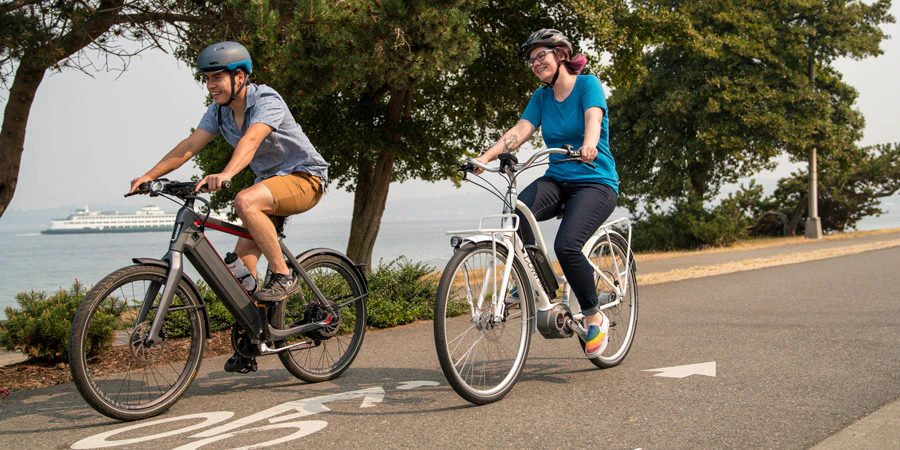
When it comes to E-Bike access, each state has its own set of laws, as do federal land rules.
Roads, Sidewalks, and Bike Paths:
- Delaware, Iowa, Nebraska, Vermont: E-Bikes can operate on any trails and paths where bicycles are allowed.
- Hawaii: Hawaii’s law does not have any specific restrictions on where e-bikes can be used.
- Arizona, Utah, Minnesota, Washington: Specifically allow for e-bikes to operate on sidewalks and bicycle paths. However, local governments in these states have the power to apply additional restrictions on the use of e-bikes.
- Alabama, Alaska, Iowa, Kansas, Kentucky, Louisiana, Massachusetts, Minnesota, Missouri, Nebraska, North Dakota, Oklahoma, Vermont, West Virginia, Wisconsin: E-Bikes may be operated on roads but can’t be used on sidewalks or bike paths.
- Florida: E-Bikes are allowed on sidewalks but are not permitted on bike paths.
National Parks
- In general, electric bikes are now granted access to the same areas that are open to traditional bikes in national parks and other publicly-owned territories. Some national parks even allow e-bike use in paths where mobility devices like wheelchairs are permitted. But the use of traditional bicycles as well as electric bicycles are still restricted in wilderness regions that are part of national parks.

